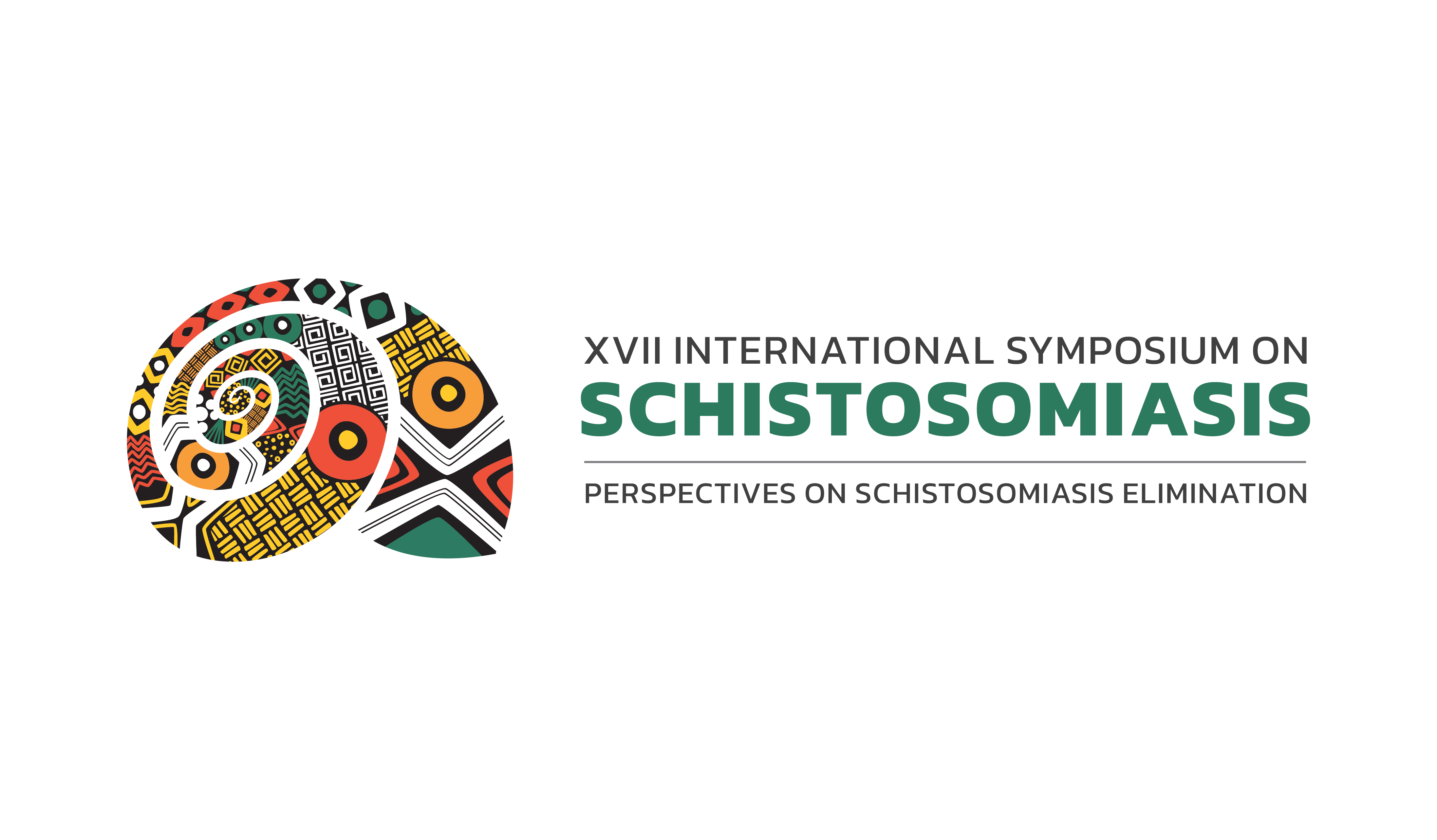AN OVERVIEW OF SCHISTOSOMIASIS MANSONI: FOR STUDENTS OF TECHNICAL COURSES IN HEALTH OF A FEDERAL PUBLIC SCHOOL, RIO DE JANEIRO, BRAZIL
DOI:
https://doi.org/10.55592/sie.v1i01.7603Palavras-chave:
schistosomiasis, schistosomiasis mansoniResumo
The main objective of this study is to arouse students' interest in schistosomiasis, enabling them to diagnose the disease, with emphasis on the morphological identification of Schistosoma mansoni. In addition, the study seeks to promote a critical and reflective training, preparing students to act consciously in combating this neglected disease, focusing on social commitment and public health. The methodology adopted in the study is based on an experience report with students of the courses of Clinical Analysis (4th year) and Biotechnology (3rd year) of the Joaquim Venâncio Polytechnic School of Health during the academic year of 2023. The activities were divided into five stages: 1) theoretical lectures and dialogues, in which concepts about schistosomiasis were presented interactively; 2) practical laboratory classes, where students learned parasitological diagnostic techniques, as Kato-Katz and Spontaneous Sedimentation by Hoffman, Pons and Janer ; 3) Morphological identification of Schistosoma mansoni eggs using optical microscopes; 4) Preparation of reports of practical activities; 5) Workshops and debates, with reading and discussion of scientific articles on schistosomiasis. The results of these activities demonstrated that the students were able to acquire and apply the technical knowledge necessary for the diagnosis of schistosomiasis, properly handling the samples and identifying the eggs of the parasite. The laboratory practices, especially with the use of Kato-Katz and spontaneous sedimentation techniques, consolidated the practical learning of the students. In addition, the reports showed that students developed a critical capacity for analysis, reflecting on the applicability of techniques in public health contexts. The workshops stimulated teamwork, communication and critical thinking, strengthening understanding of the implications of schistosomiasis and the importance of public health policies such as strengthening the Unified Health System (SUS). The study concludes that the teaching experience of parasitology, focused on schistosomiasis mansoni, was highly productive. The combination of theory, practice and critical debate provided students with a solid technical background and a reflection on their role in society. They not only acquired important laboratory skills for the diagnosis of the disease, but were also encouraged to develop interpersonal skills and a critical look at collective health issues. The approach adopted, which includes the articulation between technical knowledge and social awareness, proved to be an effective pedagogical tool to prepare future health professionals committed to strengthening SUS and coping with neglected diseases. Thus, the study highlights the importance of integrating technical education with a critical view on public health policies, contributing to the construction of a more efficient and equitable health system.

